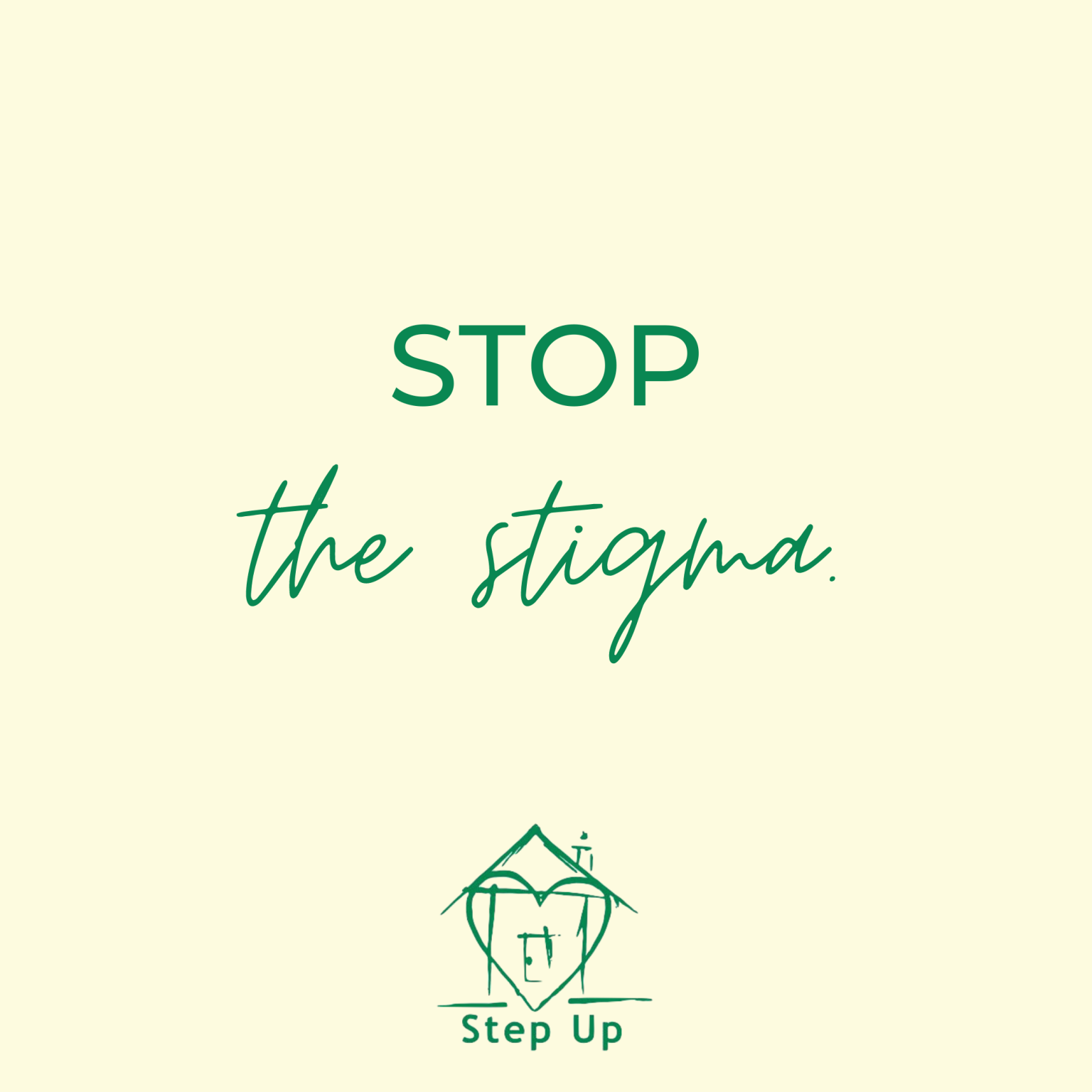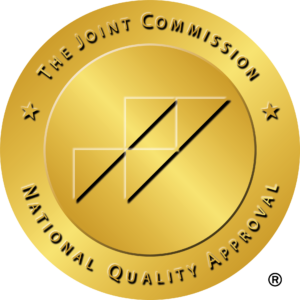 According to the National Alliance on Mental Illness (NAMI), one in five U.S. adults live with a mental illness yet the stigma surrounding mental health is still rampant in our society. Isolation, blame and discrimination from stigma can prevent people from reaching out and getting the help they need. Stigma is the #1 reason that people do not seek treatment for a mental health condition.
According to the National Alliance on Mental Illness (NAMI), one in five U.S. adults live with a mental illness yet the stigma surrounding mental health is still rampant in our society. Isolation, blame and discrimination from stigma can prevent people from reaching out and getting the help they need. Stigma is the #1 reason that people do not seek treatment for a mental health condition.
Here we interview Shelley Hoffman, the Parent and Family Advocate working with transition age youth (TAY) and their families at Daniel’s Place. Shelley speaks about the harms of mental health stigma, how to combat it, and the importance of education and support.
1. What does “stigma” mean?
Stigma is a mark of disgrace associated with a particular circumstance, quality or person. It is due to stigma that some people think a person is at fault or has bad character instead of having a mental health condition that is a brain illness, nothing chosen. It can make people feel less likely to seek treatment. It can cause people to doubt themselves, feel shame or isolation. Some conditions may worsen over time without treatment, that’s why it’s so important to combat stigma.
2. Why is there a stigma around mental health?
There is a long history of stigma around mental illness throughout the world. Even with our greater knowledge of bio-chemical conditions, it still exists. It’s like the last bastion of stigma, where many other areas have changes, somehow this has persisted. Mass media often adds to it. It’s basically a lack of knowledge and fear about people who live with mental health conditions.
3. Talk a little more about what you mean by “fear” in this context.
Sixty percent of people, when asked, fear people with mental illness and think they will be violent. In fact, people with mental illness are more likely to be recipients of violence than the perpetrators.
4. How do you guide youth facing this? How does education play a role?
Education is super important so that youth learn that a mental health diagnosis is very common. Our goal is to see the individual first and not the illness. A good treatment team that includes a social worker or therapist and a psychiatrist is so important to help find out a diagnosis. Treatment works. Education can include learning about a diagnosis, finding out who has lived with it, who is managing it well and how they do so.
5. How can youth come to grips with a diagnosis? What is the role of support groups?
Peer support is huge: learning from other people who are living with some of the same challenges and symptoms and how they learned to navigate their lives makes a big difference. Support groups can normalize the experience so they can get help and live better. Many Step Up employees have a lived experience with a mental health diagnosis. Just like someone with addiction is helped by a sponsor who’s walked the walk, someone with mental illness has a peer advocate who can guide them through.
6. How can members take care of their mental health during the pandemic?
Talk to people, meet virtually with a therapist. Step Up is operating, so we encourage members to check in. Talking with someone on the phone via a video or regular call is very effective. A lot of people like it, they don’t have to go anywhere and just find a quiet safe place to connect.
7. What can we do to help combat this stigma as members of society?
We need to educate ourselves. Learn about various diagnosis and learn about people who live with them. That’s really important. Hear stories. When we notice things that are not respectful or recovery-oriented we can speak out. Whether it’s in the media, NIMBYism in our neighborhoods, stigmatizing language or when mental health and physical health are not covered equally, we can show compassion for those with mental health challenges by speaking up.






